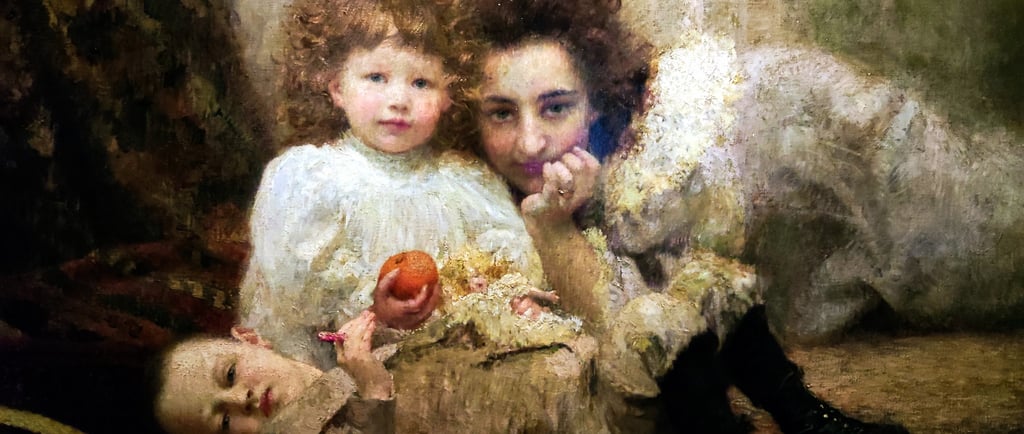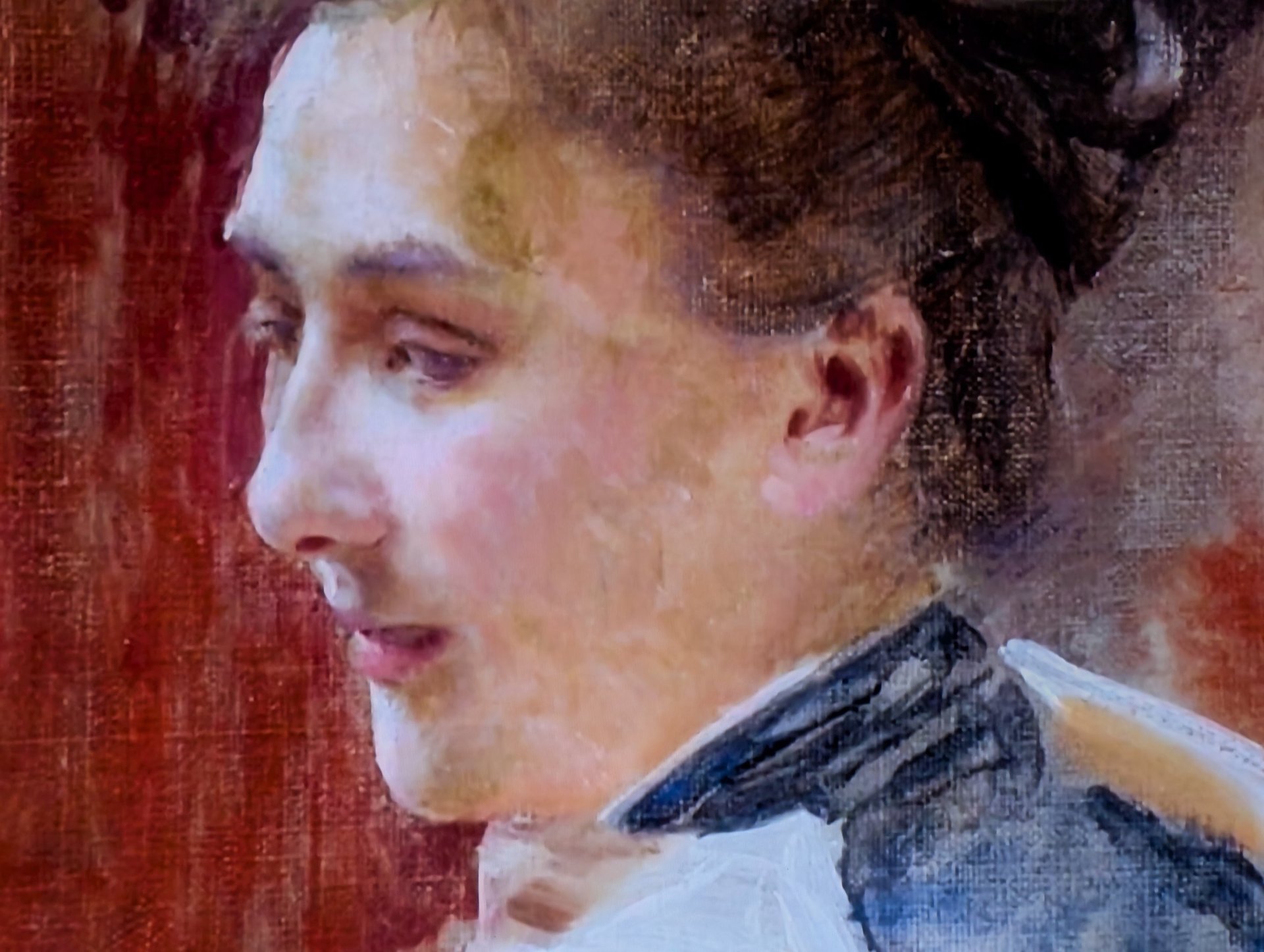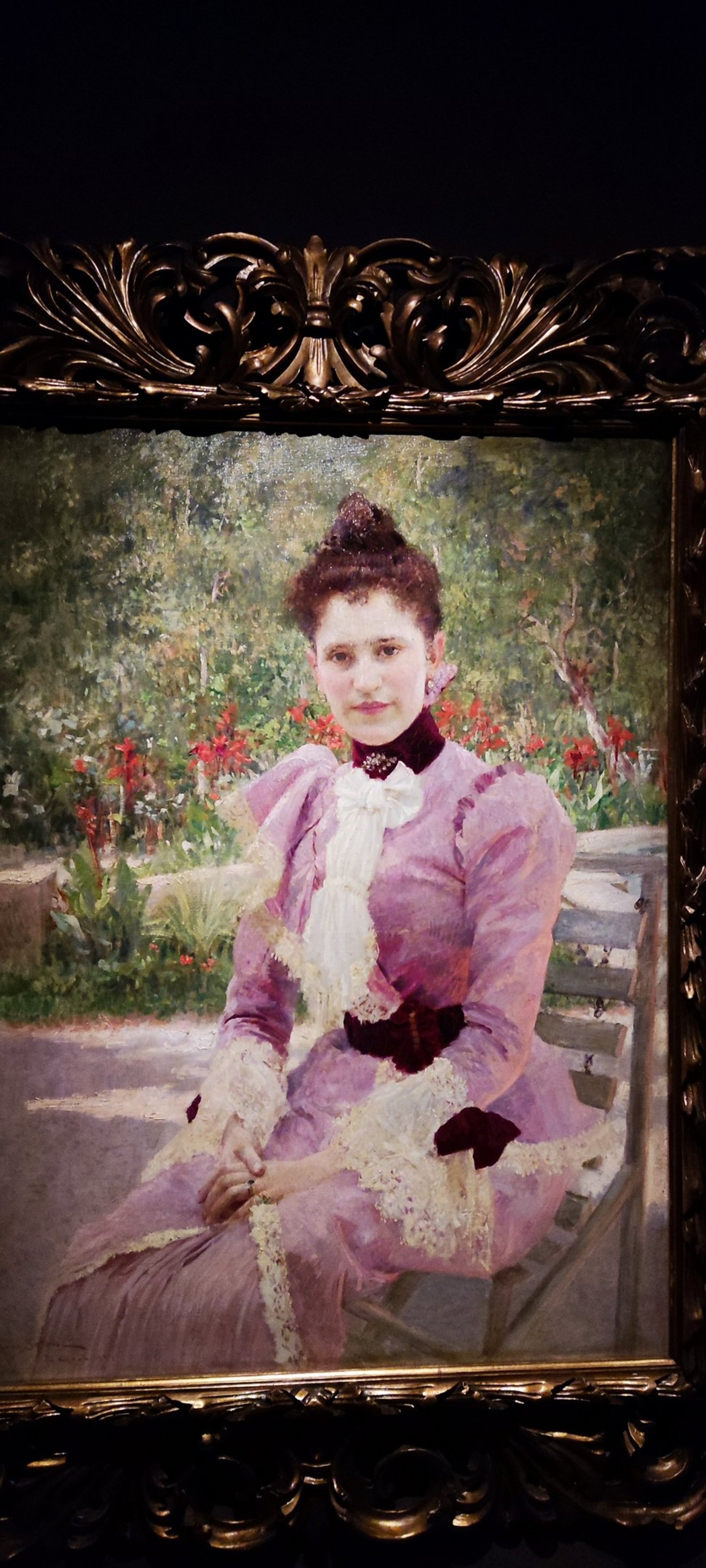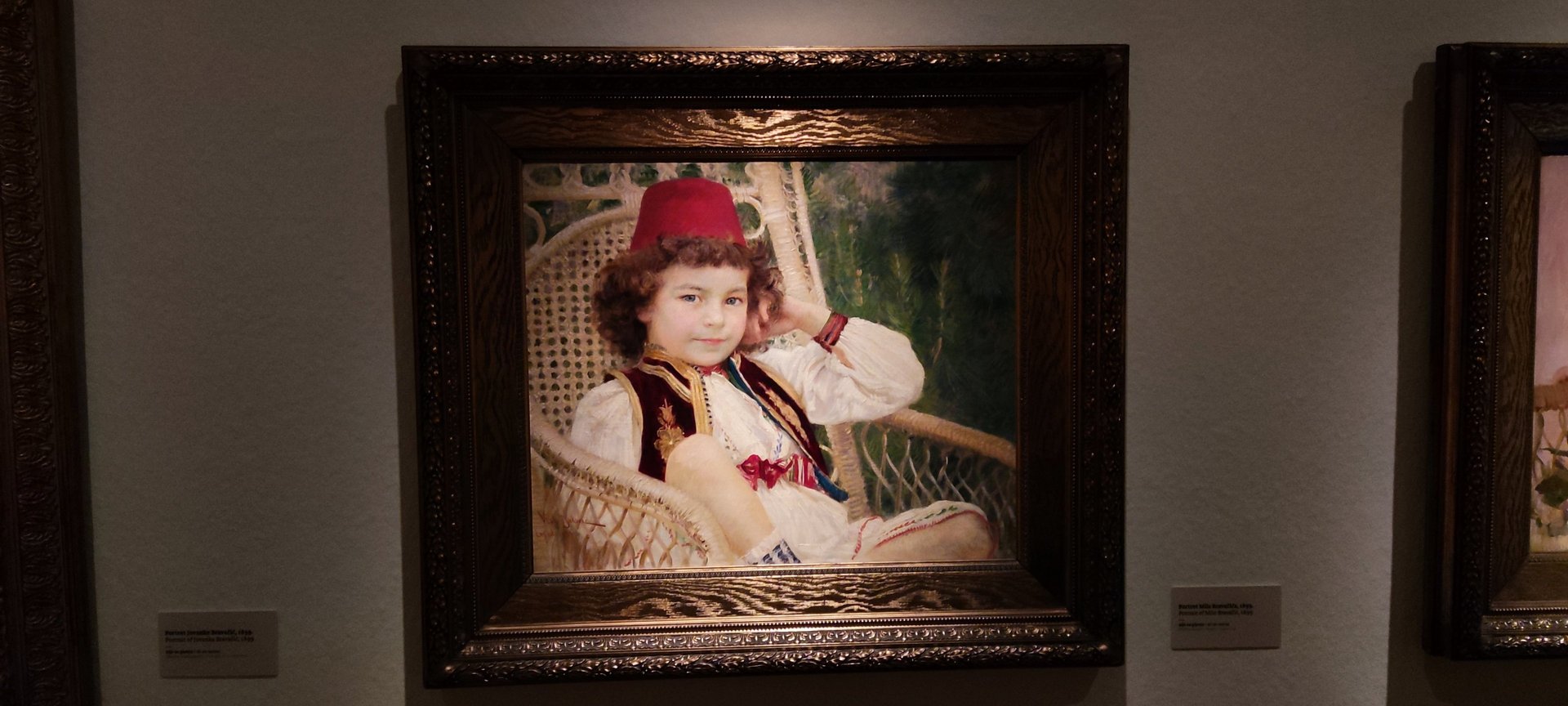Bukovac
A Cavtat-born Dubrovnik painter in the age of Oriental fascination
9/30/20252 min read


When we speak of Vlaho Bukovac (1855–1922), we often frame him as the painter who carried the Adriatic light to Paris, Zagreb, and Prague. Yet he was also part of a wider constellation of artists grappling with identity, modernity, and fascination with the Orient. To understand Bukovac’s place, it helps to situate him alongside three complementary figures: Alphonse Mucha, Pierre-Auguste Renoir, and Gustav Klimt.
With Mucha, Bukovac shares the narrative of a Central European artist passing through Paris and translating cosmopolitan impulses into a national awakening. Mucha gave the Czechs their Art Nouveau mythology; Bukovac helped Croatia envision its modern art. Both were cosmopolitans who turned global influences into local visual languages.
With Renoir, the kinship lies in light and flesh. Renoir’s Impressionist canvases shimmer with intimacy and color. Bukovac was never fully Impressionist, but in his portraits and nudes we sense the same caress of light across skin and fabric. Renoir reveals the sensual painterly side of Bukovac’s vision.
With Klimt, the connection is less in realism than in atmosphere. Klimt transformed the Oriental allure of the late 19th century—Japanese prints, Byzantine mosaics, Persian arabesques—into golden ornamental worlds. Bukovac never radicalized his art in that direction, but he breathed the same air of fascination with Vienna, ornamental luxury.
Together, these three—Mucha, Renoir, and Klimt—form a triangle around Bukovac. He is in dialogue with each, yet absorbed by none. Instead, he emerges as a painter of crossings: Cavtat to San Francisco, Paris to Zagreb, Adriatic horizons to Oriental echoes. His journey reminds us that art is connection—between shores, between styles, between East and West.
And today, as we look once again from Croatia toward Asia, Bukovac’s story reminds us that cultural bridges are not modern inventions. They are continuations of a long tradition of crossings—painted in light, carried across horizons.
As one museum professional put it:
“Vlaho Bukovac is like a great oak tree, in whose shade many plants grow.”
And yet, this oak still waits for its full recognition and rightful place in art history. It is in that shade—spacious, enduring, and quietly generative—that much of Croatian modern art, and its dialogue with the wider world, first took root.







